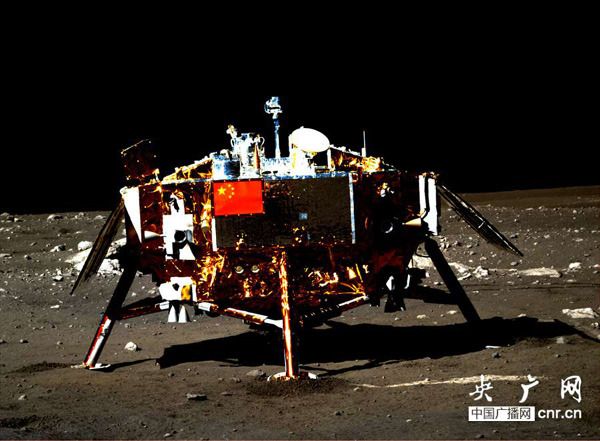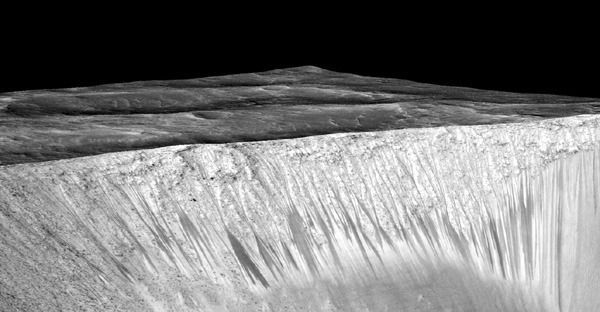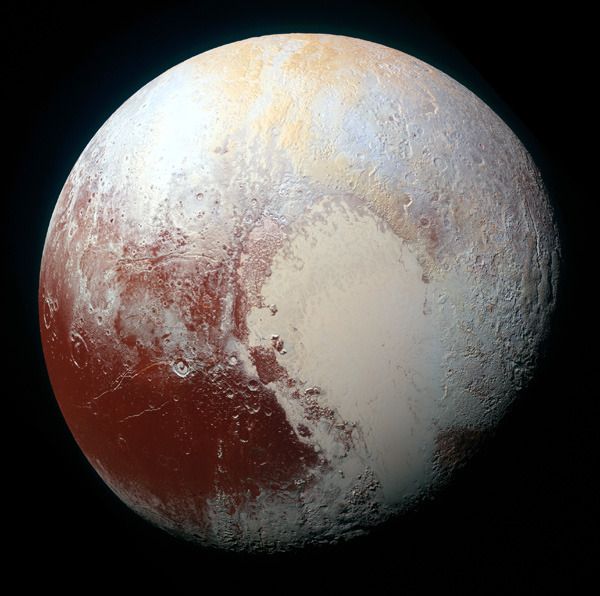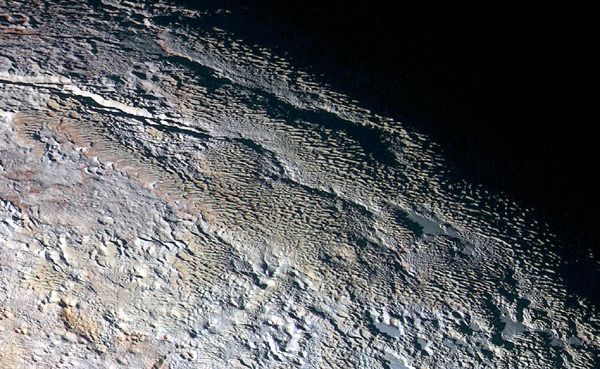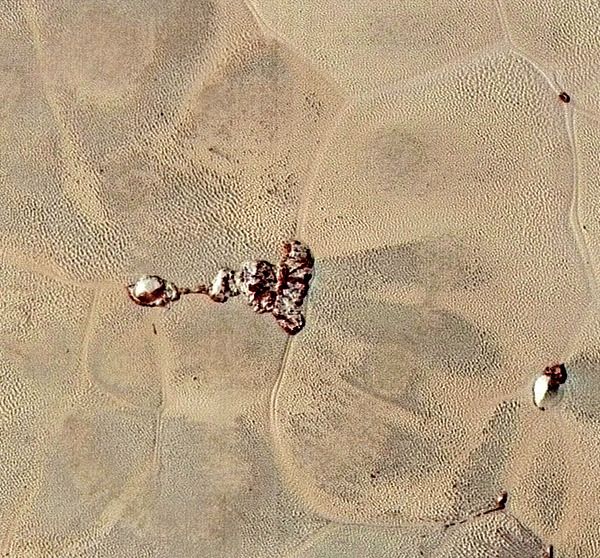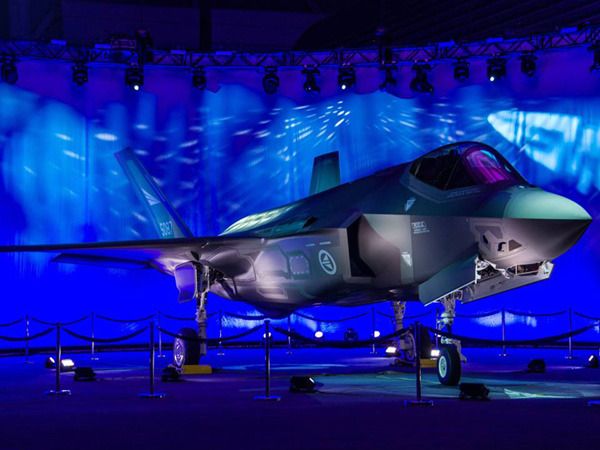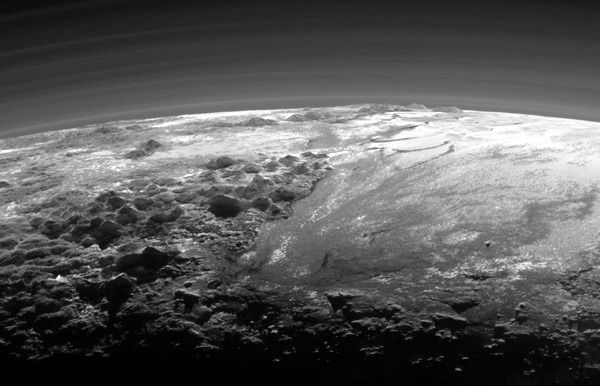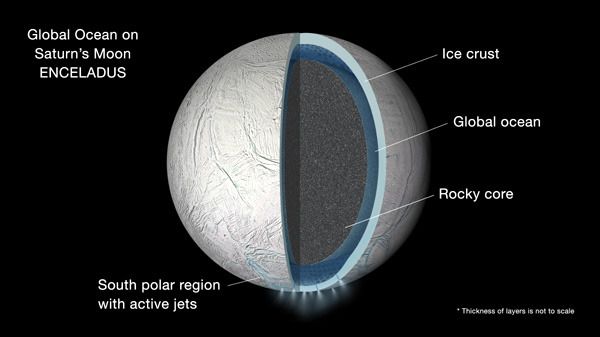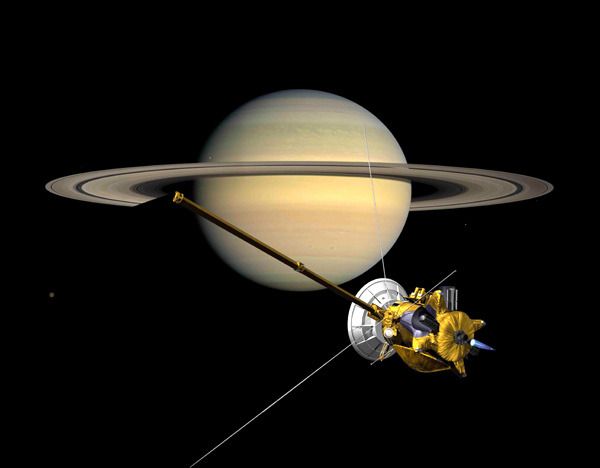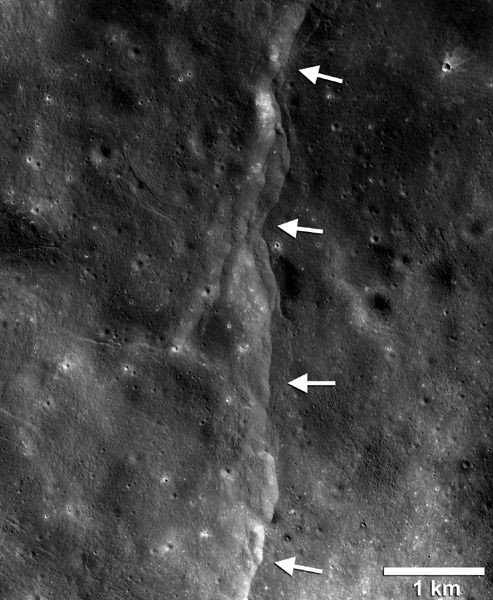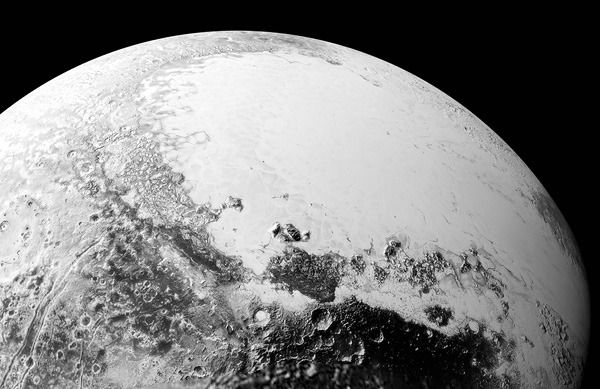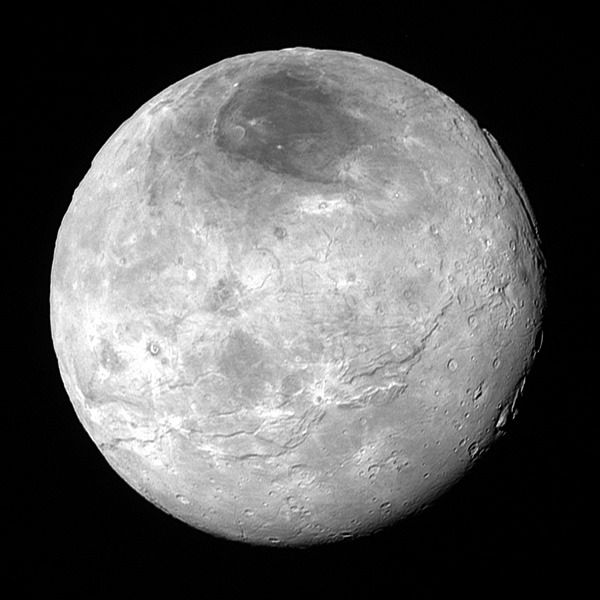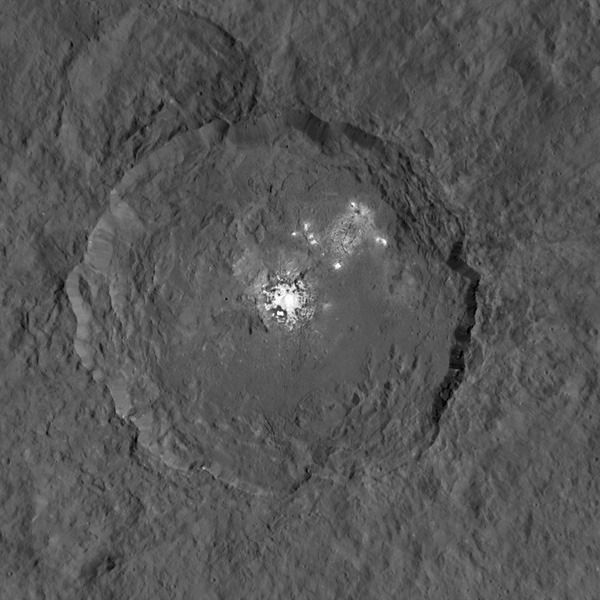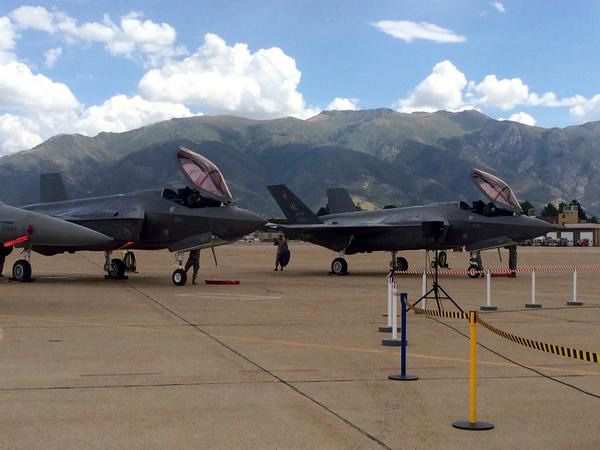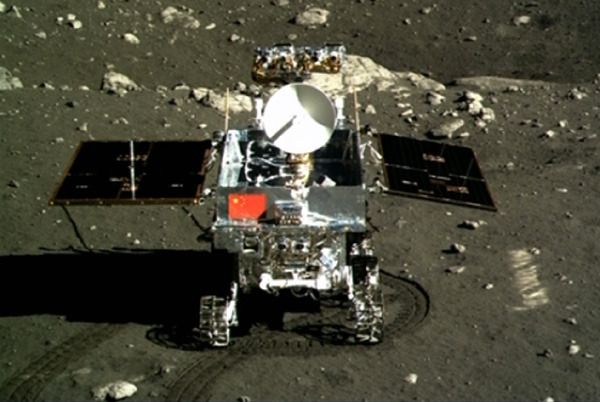 Ten years ago this month,
Ten years ago this month, I posted
this lengthy Blog entry highlighting my disappointment when I found out that I missed the opportunity to have my name on a DVD that was placed aboard NASA's
New Horizons spacecraft. The disappointment was so great that not only did it bring back my obsession for space exploration in a big way
(the last time I was a major space geek was back in 8th grade...21 years ago), but it motivated me to keep track of every future interplanetary missions that NASA and other government space agencies developed that would have the potential of allowing the public to place names on them. It was after losing my chance to fly past Pluto and into interstellar space aboard New Horizons that the
Dawn asteroid mission started collecting monikers for its ion propulsion-powered orbiter
(Dawn was briefly canceled by NASA due to technical reasons a few weeks later, in October of 2005—but was reinstated in March of 2006). In October of 2006, the
Phoenix Mars mission started collecting names via the California-based space advocacy group, The Planetary Society, and a little over a month after that, Japan's space agency
(the Japan Aerospace Exploration Agency, or JAXA) collected names to be place on its
SELENE spacecraft
(eventually renamed to Kaguya) that was destined for the Moon. These three robotic probes were launched in 2007 alone.
 NASA / JHU APL / SwRI / Steve Gribben
NASA / JHU APL / SwRI / Steve Gribben
Jump to 2015, and NASA and JAXA have given me the opportunity to have a virtual presence on more than a dozen missions. Not just Dawn, Phoenix and Kaguya
(and Deep Impact, which NASA collected names for back in 2003...that intentionally got obliterated by a comet's nucleus in 2005), but the
Lunar Reconnaissance Orbiter,
Kepler space telescope, JAXA's
Akatsuki Venus orbiter,
IKAROS solar sail and asteroid-bound
Hayabusa 2 spacecraft, the
Curiosity Mars rover, the
MAVEN Mars orbiter, the last three space shuttle missions
(STS-133, STS-134 and STS-135) in 2011 and even
Orion's first space voyage on
Exploration Flight Test-1 last year. And next year, cross my fingers, my name plus hundreds of thousands of others will hopefully be soaring towards Mars and asteroid Bennu with NASA's
InSight lander and the
OSIRIS-REx sample return mission, respectively. Not bad... Not bad at all.
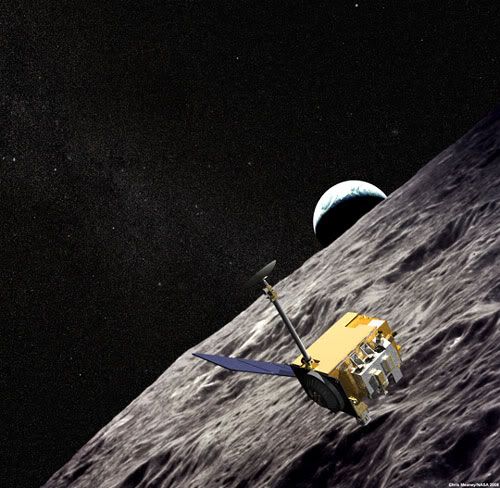 NASA
NASA
So what does this have to do with China, you ask?
Well, not only is having my name aboard a spacecraft that will eventually leave our solar system on my wishlist
(or to be blunt: bucket list), but I also think that it would be cool to have my name on the surface of the Moon
(intact) as well. JAXA has been proposing a lunar lander
(dubbed SELENE-2) that would be the follow-up to its successful Kaguya mission.
However, this was back in 2008
(or 2009, I think) and SELENE-2 is nowhere near the assembly stage. It was originally scheduled to launch in 2013, then 2015, and then 2017, but now it's not slated to take flight till 2019 at the earliest. A U.S. lander that would touch down on the Moon's South Pole-Aitken basin was proposed through a competition by NASA's New Frontiers program, but it eventually lost out to the OSIRIS-REx mission that will head to asteroid Bennu in late 2016.
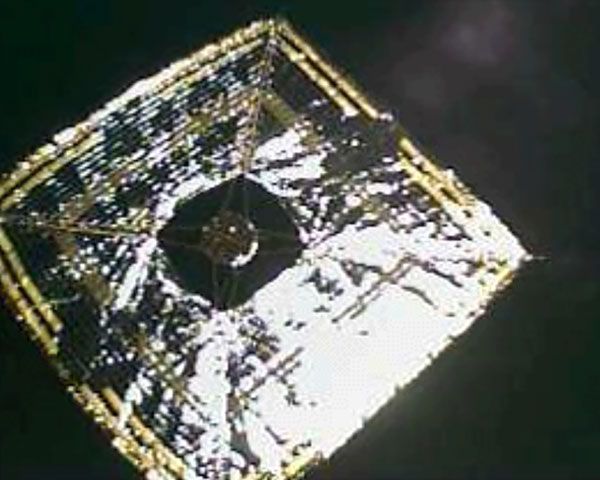 JAXA
JAXA
So
again—what does this have to do with China, you ask?
Well— China's lunar rover,
Yutu, launched and landed on the Moon in December of 2014...as part of the
Chang'e 3 mission. Reading about Yutu online was exciting; it would've been
more exciting, personally, if I knew that my name briefly strolled around the lunar surface aboard this rover. So now
Chang'e 4 is in the planning stages, with another lander and rover slated to head back to the Moon by 2020. And after that, the
Chang'e 5 mission...which would collect samples from the Moon's surface and return them to China next decade.
 NASA / JPL - Caltech / MSSS
NASA / JPL - Caltech / MSSS
Admittedly, there's still enough time before Chang'e 4 launches that China
could decide to follow in the footsteps of NASA, JAXA and the European Space Agency
(which collected names for the Huygens lander that touched down on Saturn's moon Titan in 2005, courtesy of NASA's Cassini orbiter) and allow the public to take part in this mission by collecting names via the World Wide Web. Unfortunately, this is China... A Communist superpower that enjoys grabbing territory in the Pacific Ocean at the expense of its Asian neighbors
(including the Philippines; I'm Filipino), improving its technological infrastructure by conducting industrial espionage on the United States, and of course, continuing to have an abysmal human-rights record.
(And let's not ignore the recent news about Chinese naval ships milling about off the coast of Alaska.) I'm gonna come out and admit that my opinion for China, despite these negative qualities, would improve if Beijing at least allowed folks
(not just its Chinese populace) to submit their monikers to fly on its next mission to the Moon's surface. China
is, after all, a fledgling space-faring nation...and has the political will to conduct missions that NASA wants to do but otherwise can't due to those stupid things called budget cuts, continuing resolutions and sequestration.
 NASA
NASA
So the gist of this entry: If I can't have my name on a New Horizons-type spacecraft that will venture towards interstellar space anytime soon, then I can
at least have my name resting on the lunar surface the same way the first Yutu rover and
Apollo hardware from 40-plus years ago still sit peacefully on the Moon's landscape. If JAXA follows through with SELENE 2 and launches it in 2019
(but not before collecting names for it a la Kaguya, Akatsuki, IKAROS and Hayabusa 2), then all is good with Chang'e 4. If
not, then I hope China will one day open a webpage that allows Chinese and non-Chinese folks alike to submit their names to be placed aboard Yutu's successor. The same way that NASA is
currently collecting names to be placed aboard NASA's InSight lander. The deadline is this Tuesday, September 8, by the way.
That is all. Again, Happy Labor Day weekend to my fellow Yanks!
